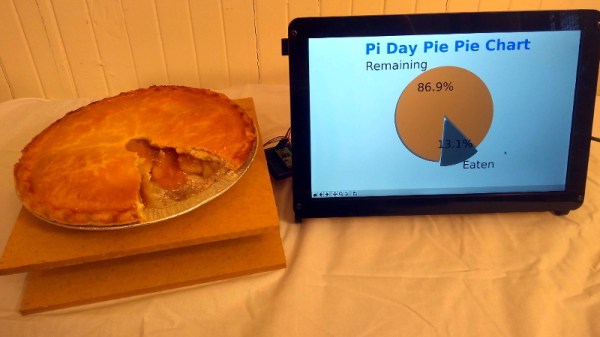“It was a cold and windy night, but the breeze of ill omen blowing across the ‘net was colder. The regular trickle of login attempts suddenly became a torrent of IP addresses, all trying to break into the back-end of the Joomla site I host. I poured another cup of joe, it was gonna be a long night.”
Tech noir aside, there was something odd going on. I get an email from that web-site each time there is a failed login. The occasional login attempt isn’t surprising, but this was multiple attempts per minute, all from different IP addresses. Looking at the logs, I got the feeling they were pulling usernames and passwords from one of the various database dumps, probably also randomly seeding information from the Whois database on my domain.
Continue reading “What To Do When The Botnet Comes Knocking”













